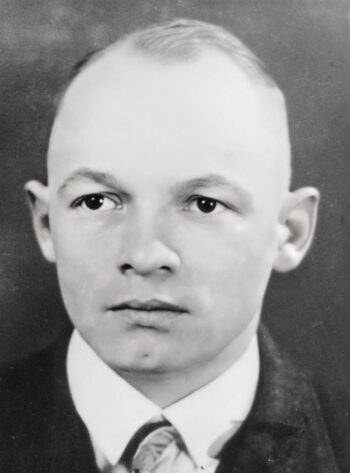Hassler, Johann

Johann Hassler, SS Unterscharführer, testified some 16 years after the war that he once operated a gas van for the Einsatzgruppen near Minsk. The vehicle he drove had a complex system of piping exhaust gases into the cargo box: to the exhaust pipe, a “connecting piece with a thread” had been added, onto which “a metal hose could be screwed” leading into the cargo box. “Behind the connecting piece,” evidently suspended in mid-air “was a slider, which closed the exhaust pipe opening to the rear.” This is pure nonsense, since the metal hose screwed to the end of the exhaust pipe already redirected the gases, so nothing could get into any detached rest of the exhaust pipe anymore. Closing this detached rear end of the exhaust pipe with a slider was just as pointless as the existence of that rear end itself. In addition, adding a slider into an exhaust pipe to close it would have required quite a contraption.
Not even the claim of adding a connecting piece with a thread to the exhaust pipe makes sense. Exhaust pipes are made of rather thin steel; hence they cannot have threads. Adding a thick metal piece to its end with a thread would have been a complicated operation, yet flexible metal hoses allegedly attached to it did not come with threads. Furthermore, the extreme temperature difference between cold and hot exhaust pipes would have led to massive expansion and contraction of the metals involved, causing problems with the thread.
Hassler’s story makes no sense and contradicts all other claims about how these vans’ exhaust system were allegedly designed. In other words: he made it up on the fly to contribute something to the tall tale of gas vans.
(For more details, see Alvarez 2023, pp. 156-158.)

You need to be a registered user, logged into your account, and your comment must comply with our Acceptable Use Policy, for your comment to get published. (Click here to log in or register.)